What if grief could be painted into a living world? A short yet beautiful game this week, GRIS is an expression of loss, and a story of how we cope. It is a work of art more than it is a game, an interactive experience asking for interpretation.
Spoiler Warning
This article contains spoilers for the ending of GRIS.
Have you ever felt lost in a sea of emotions, unsure of which way to turn? GRIS invites you to explore those feelings in a world that speaks through colour and sound.
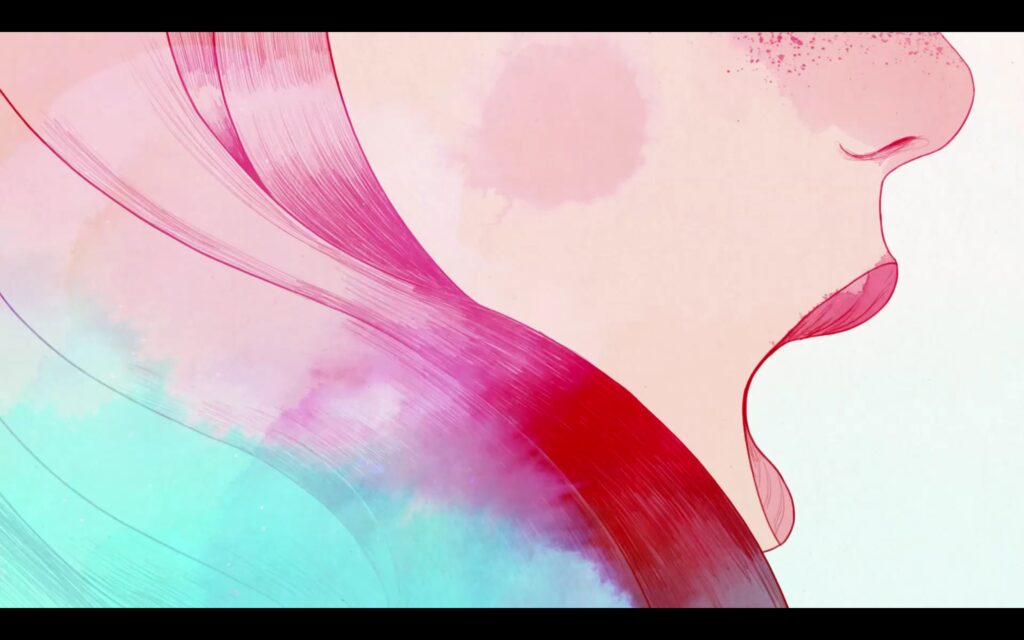
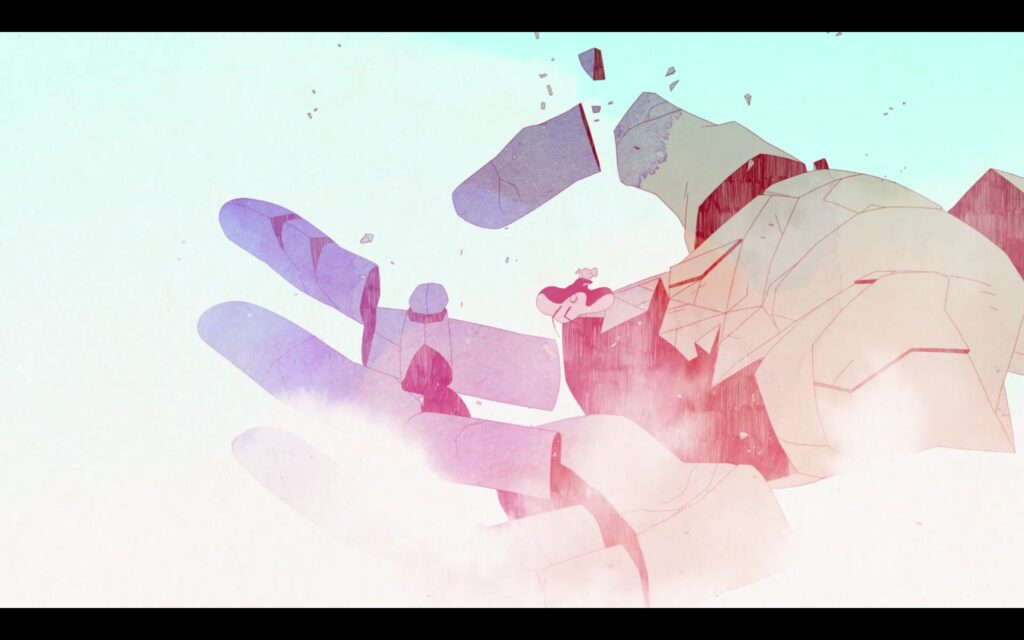
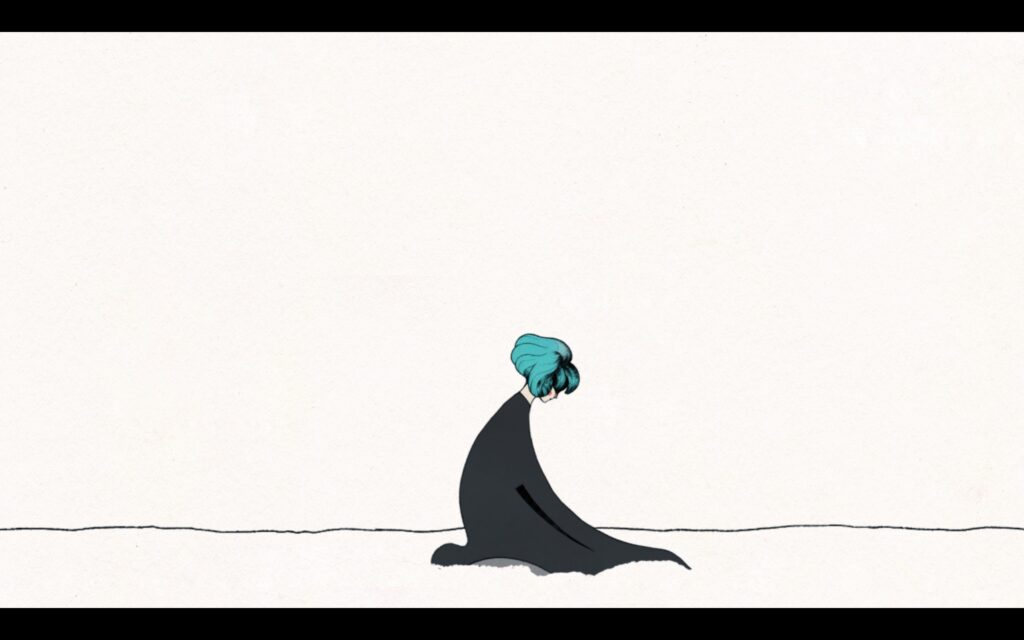
The game starts out with a simple introduction: a woman sings to the statue of a woman she adores, and the statue smiles. Then the statue starts to collapse, and the woman finds she has lost her voice. She is plunged into a gray world, a world devoid of colour, a world where she is lost.
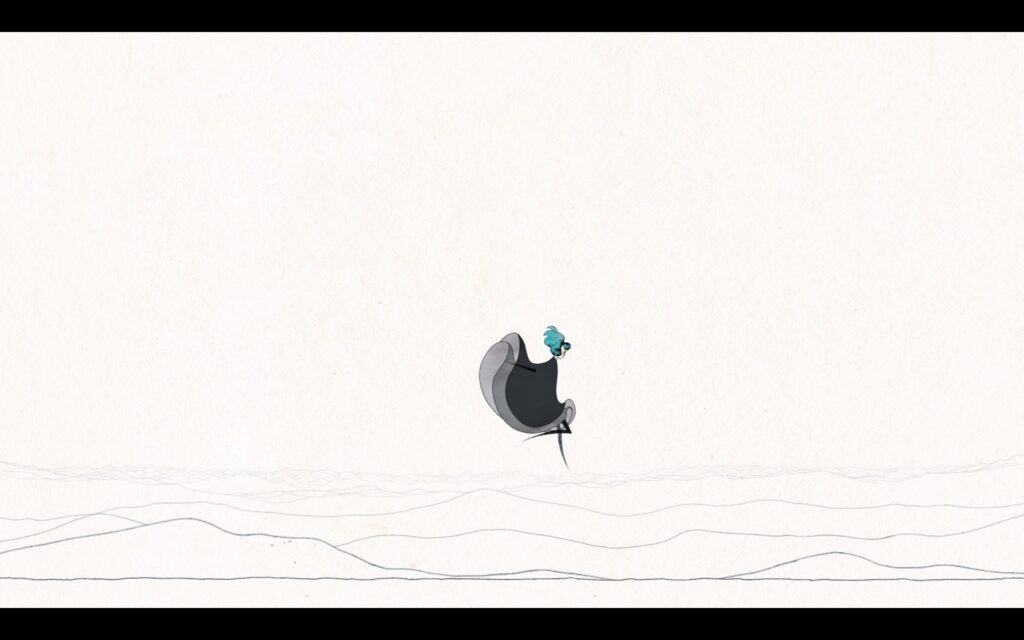
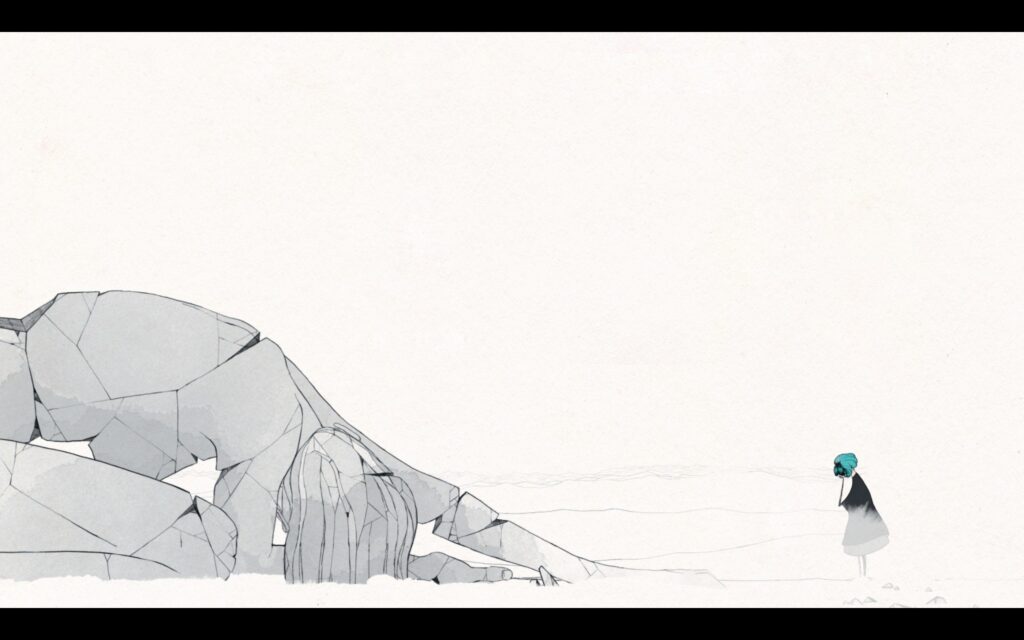
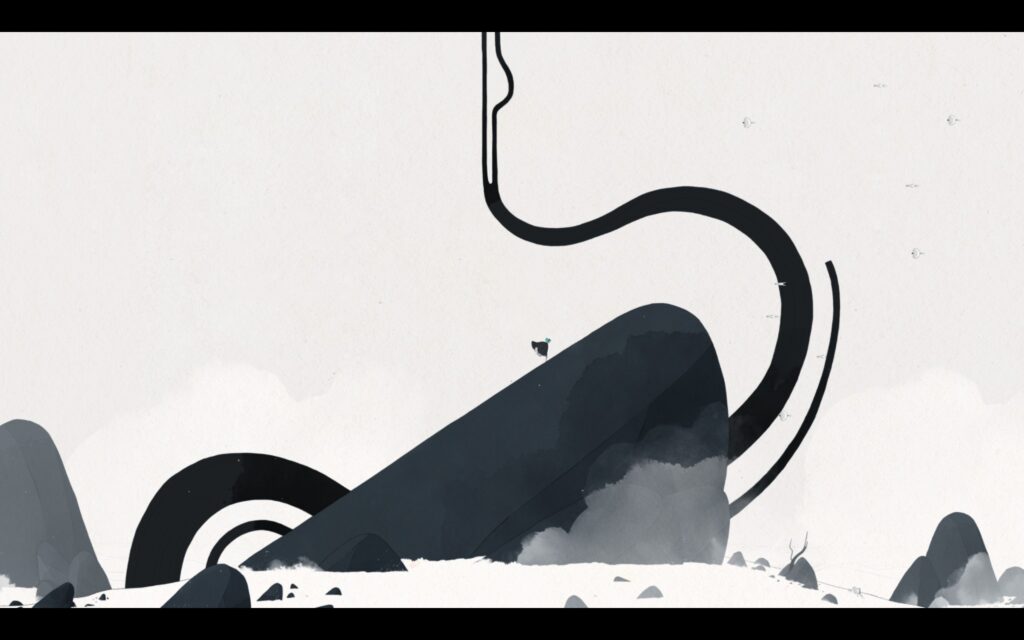
The art style in GRIS features detailed line art with pastel colours, brought to life through flowing hand-drawn animations. It evokes the style of a living watercolour painting. The music, a blend of piano, wind, and string instruments, reflect the emotions of Gris’s journey. Slow, melancholic notes underscore her sorrow, while sharp, urgent violins heighten moments of danger.
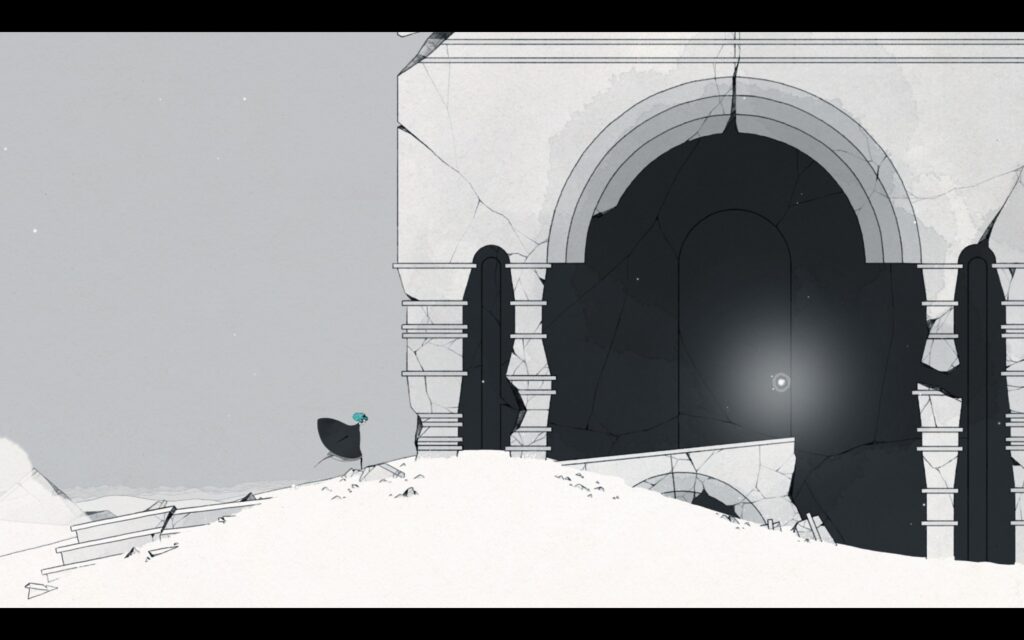
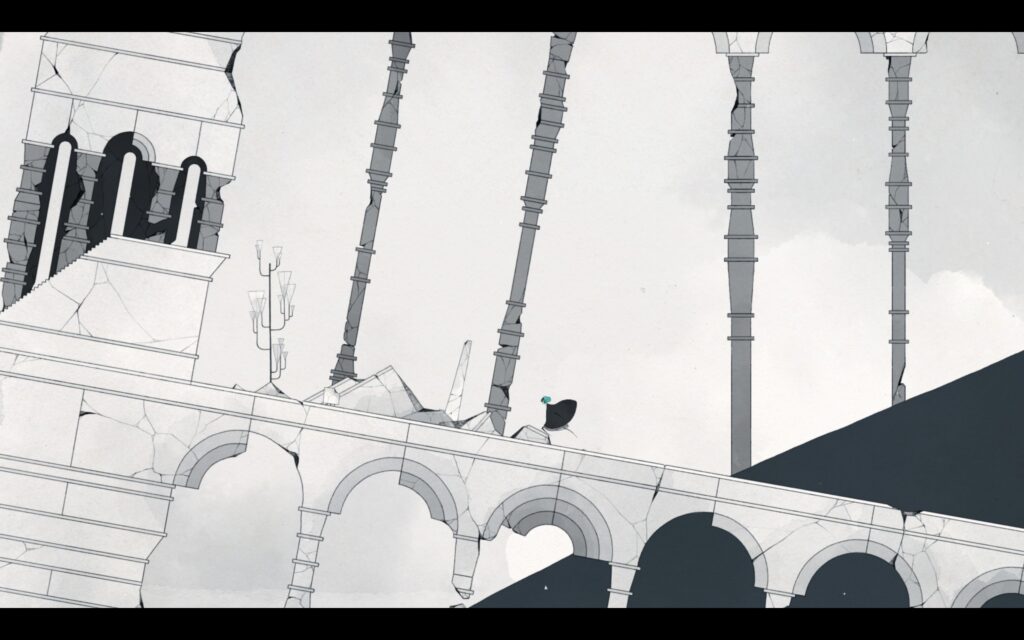
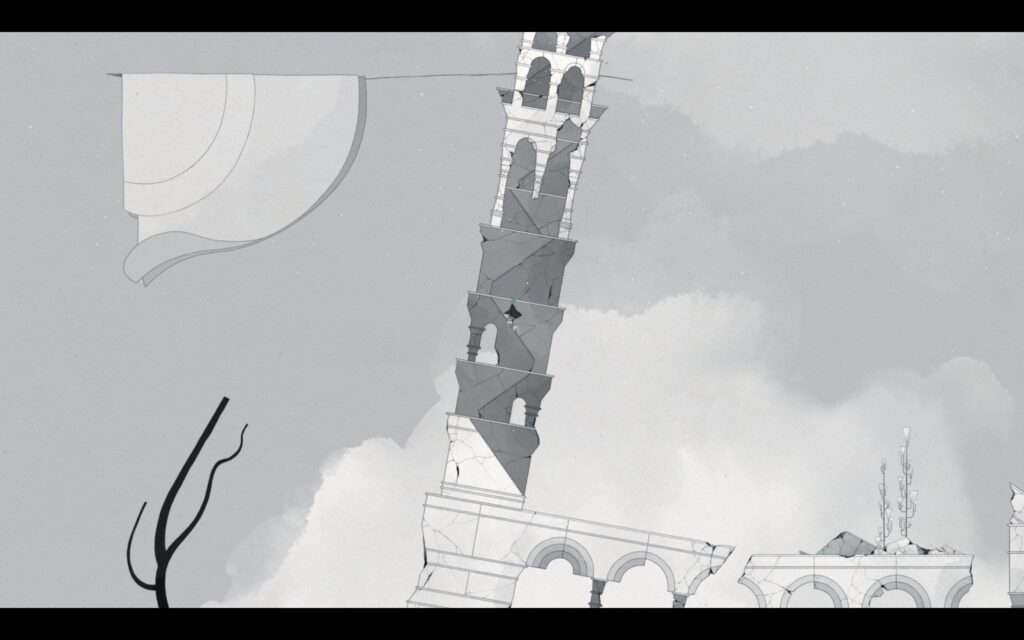
After a short sequence where you gradually guide Gris to walk again, you can start to explore this world. At this point in the game all you can do is walk slowly or collapse to the ground and weep. It’s a poignant reflection of the character’s mental state. She’s in denial and doesn’t want to move on.
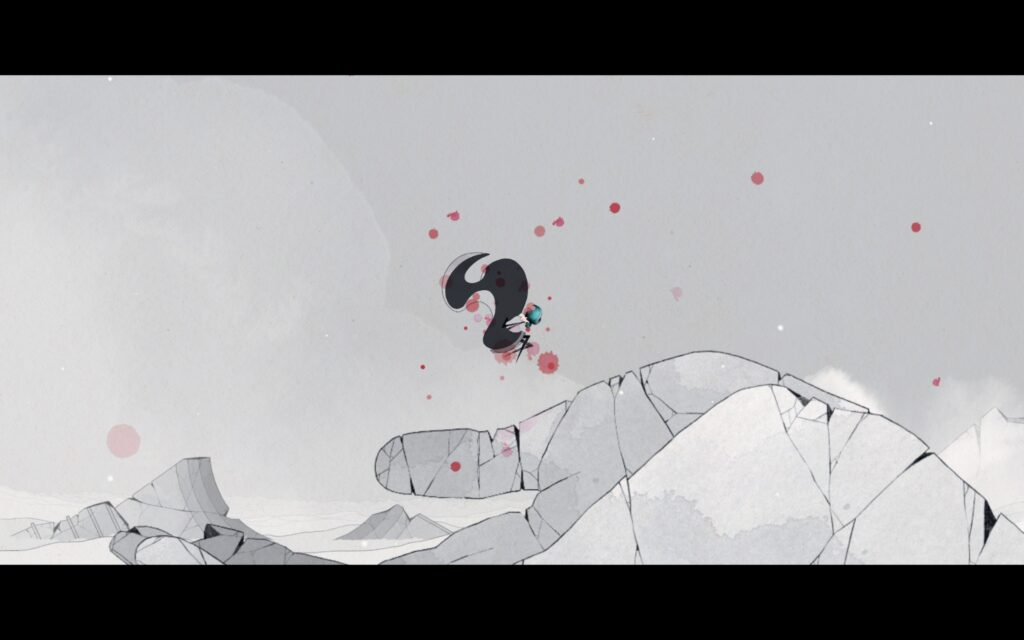
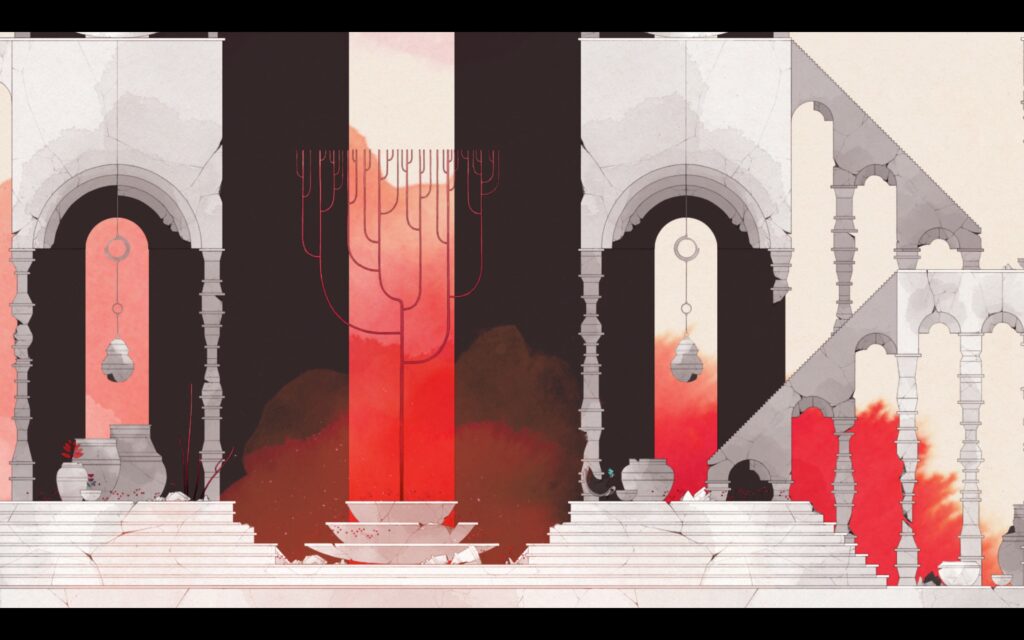
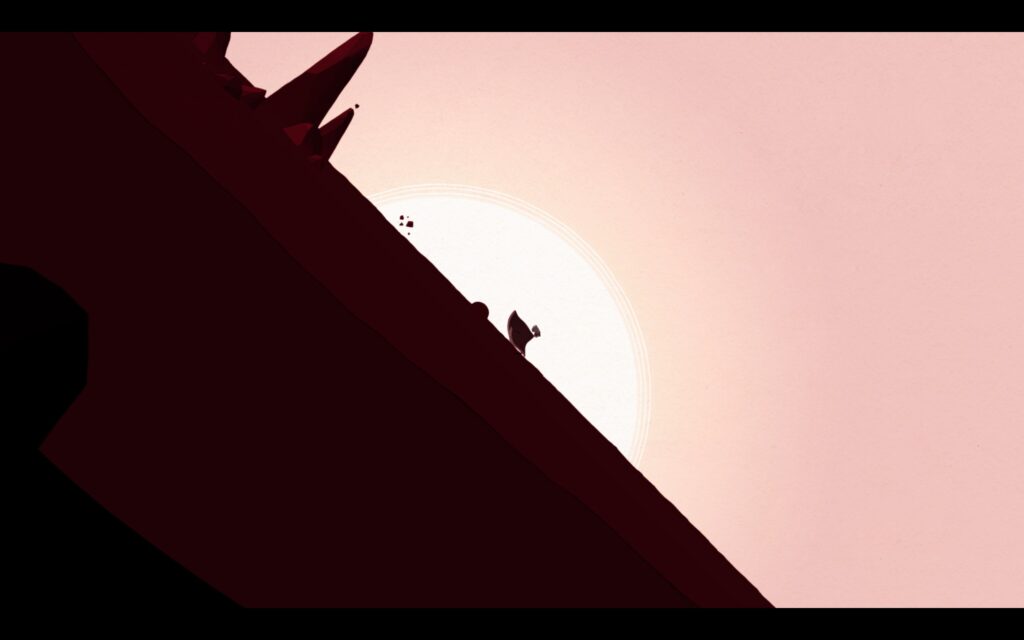
Eventually, with your guidance, Gris begins to emerge from her depression, choosing to move forward. She starts to run and jump. She finds a part of the statue she was singing to, broken and lifeless. She starts to float, lets out a silent scream and splashes of red fly out and start to fill the world. It made me think of blood at first, a violent rage. She is angry, and her anger is her determination to keep going.
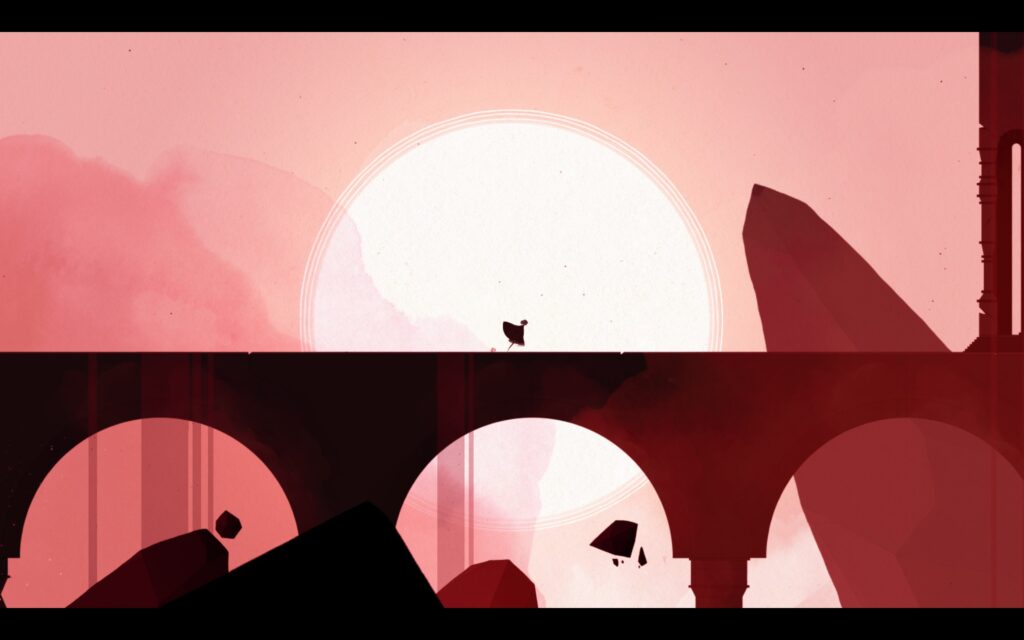
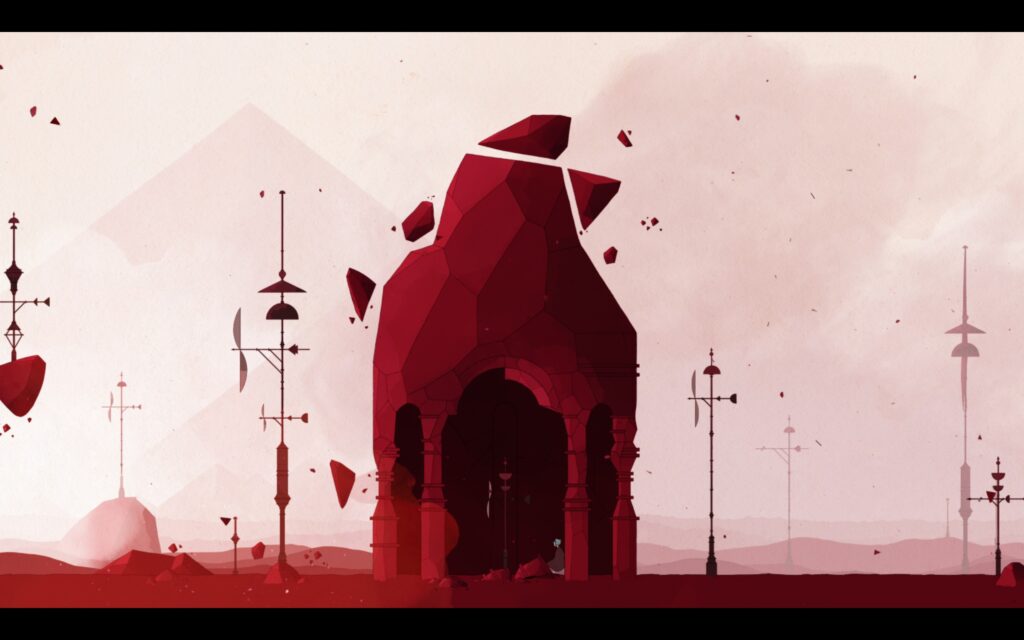
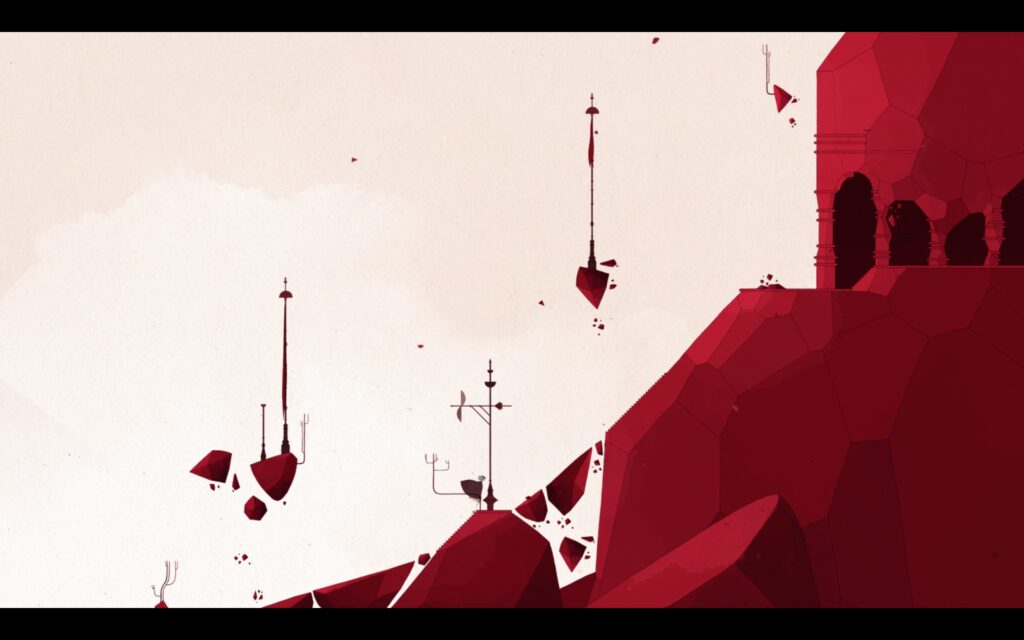
I wouldn’t describe the game as a metroidvania – it is far too linear and lacks the open world exploration. But it does take some elements from these types of games. It is a platformer where you slowly gain new abilities that help you progress through the world. There are also some secrets to find along the way, which gives the game some replayability.
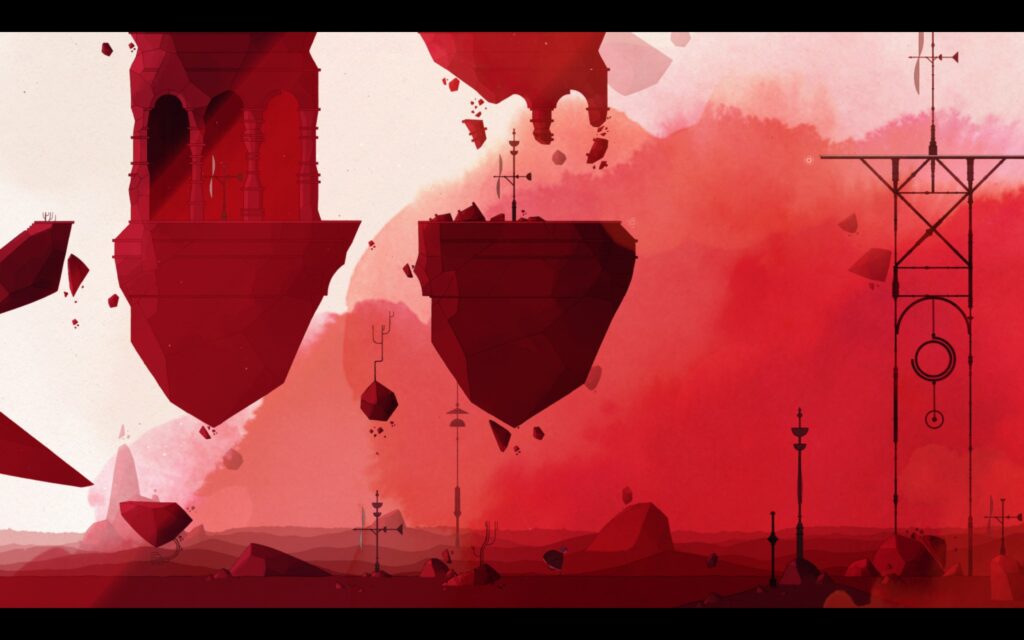
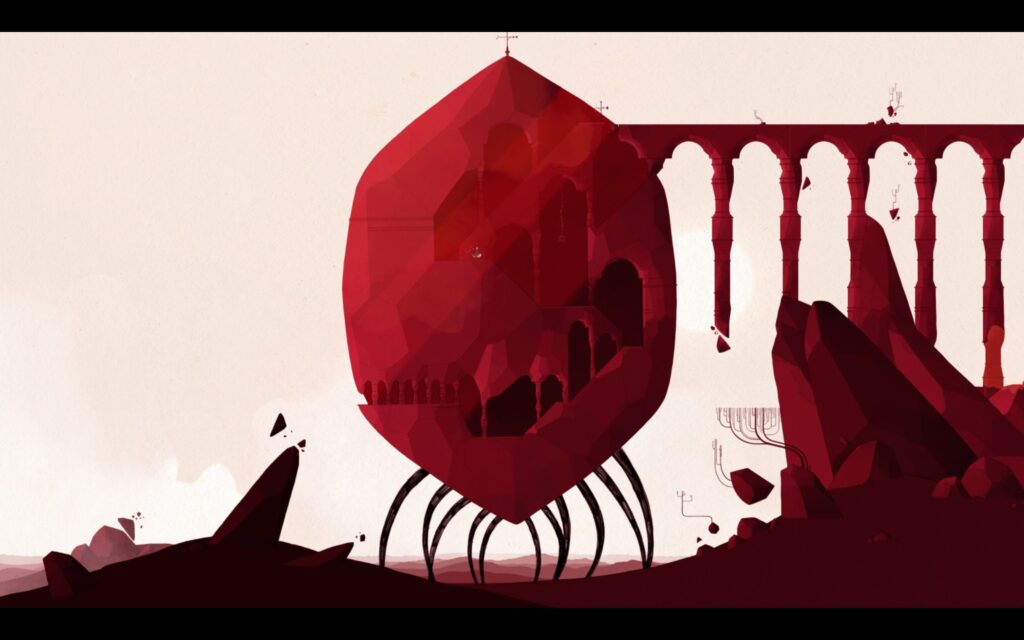
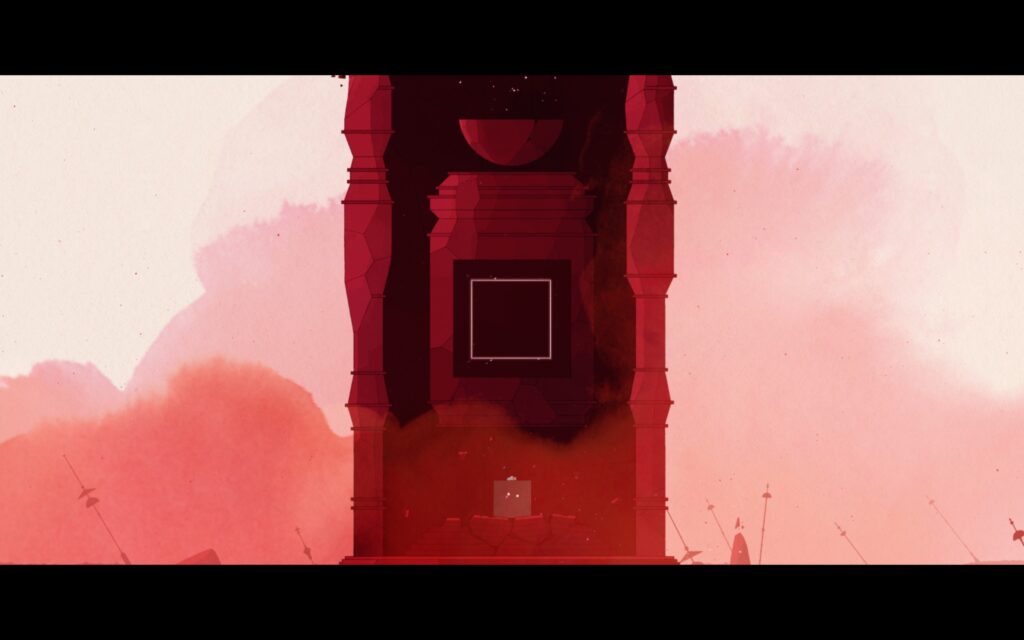
The first ability you gain is the ability to turn into a heavy box and slam into the ground. It’s an aggressive and destructive ability, matching the anger the first part of the game is supposed to represent. As you delve further into the game you gain new abilities as you fill the world with more colour and work through the stages of denial.
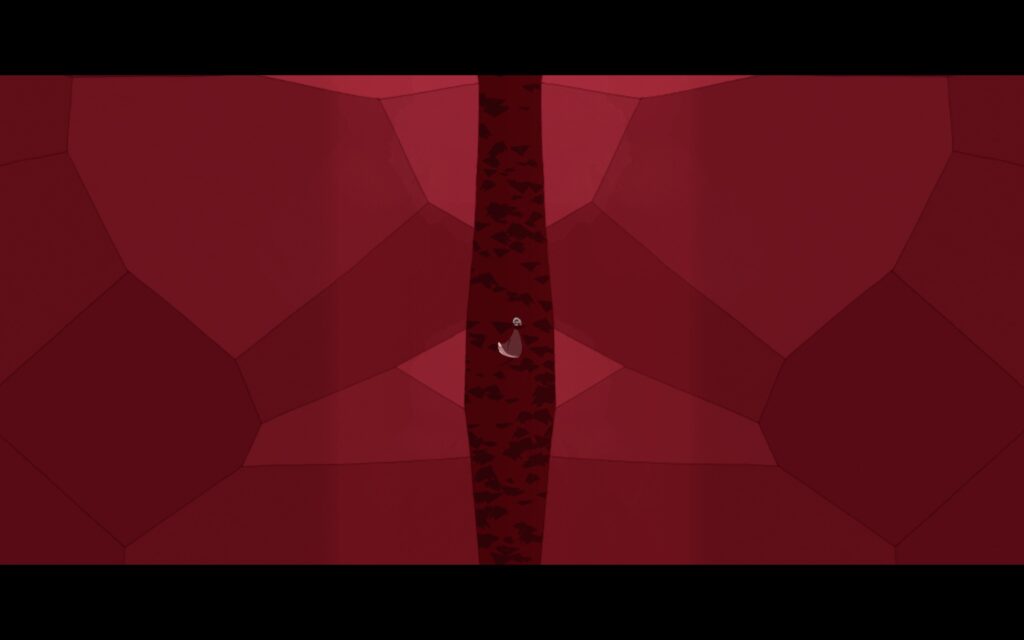
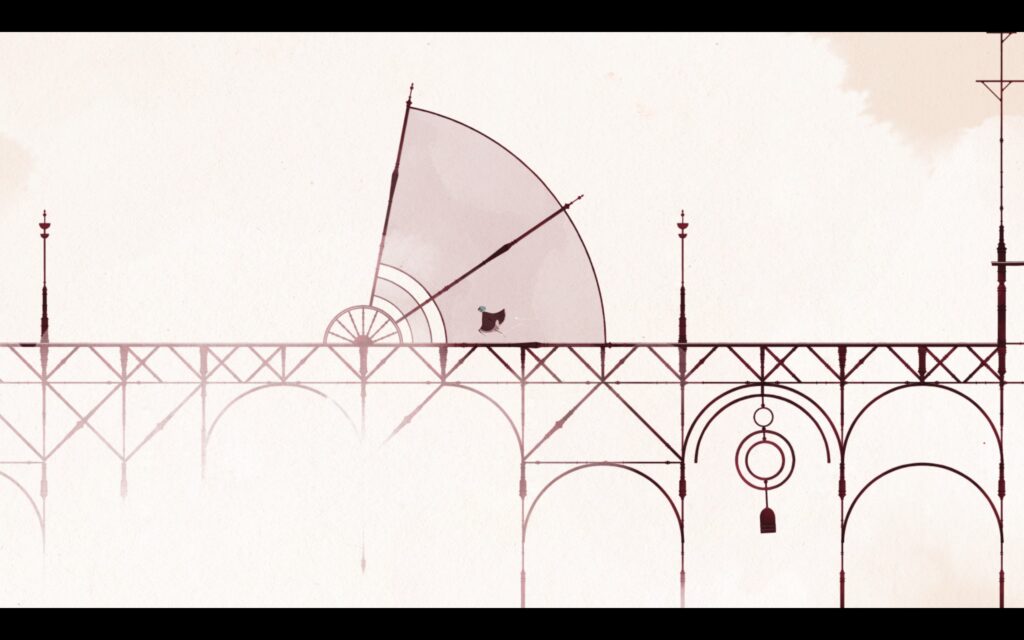
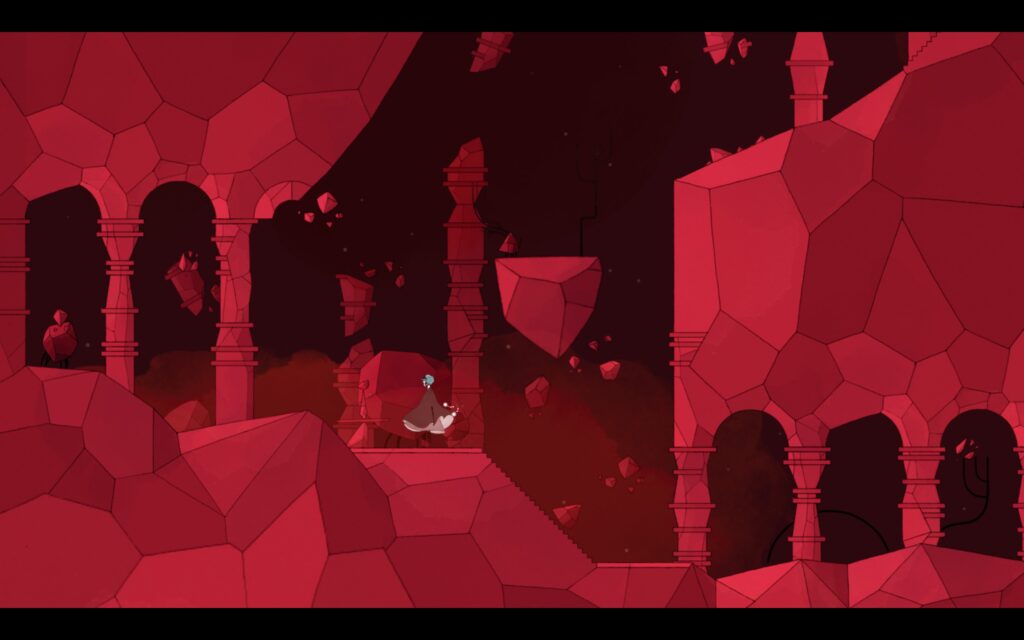
Each colour and ability represents one of the five stages of grief, and the impressive thing about this game is that you feel them. But it goes even further than that. The colours start to mix. Red comes back showing anger even near the final stages of grief. You drop into the dark of blue water and depression tries to consume you once more. The colours blur and intertwine reflecting the reality of grief as a complex path where you bounce back and forth between emotions.
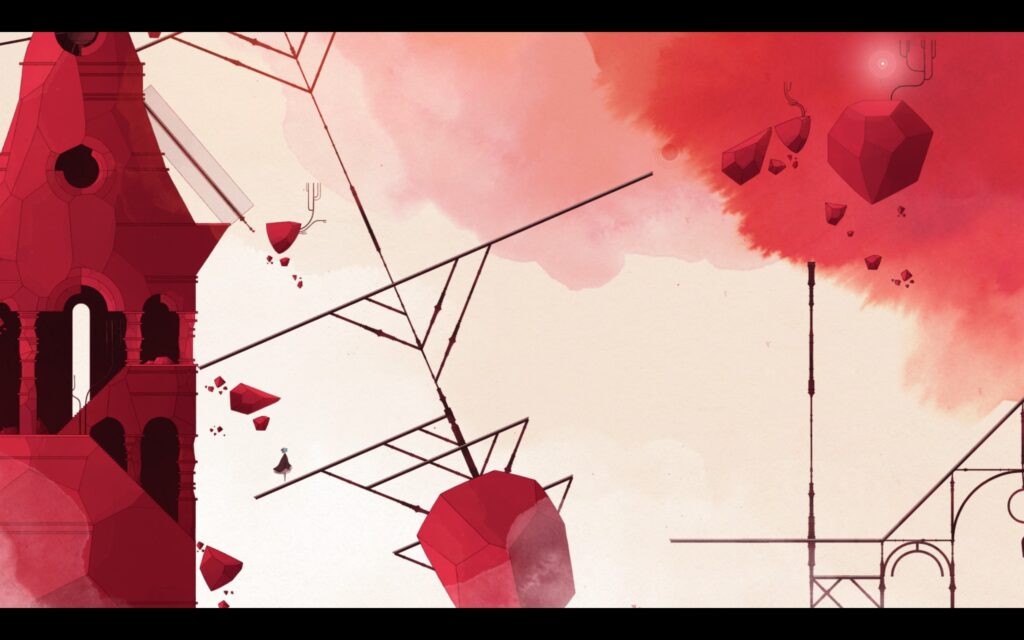
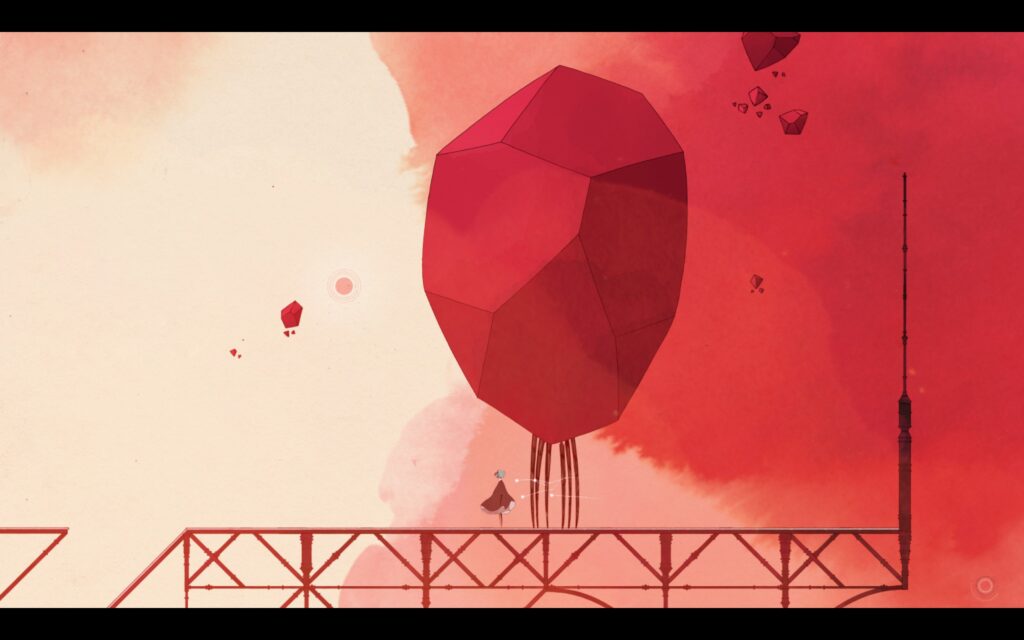
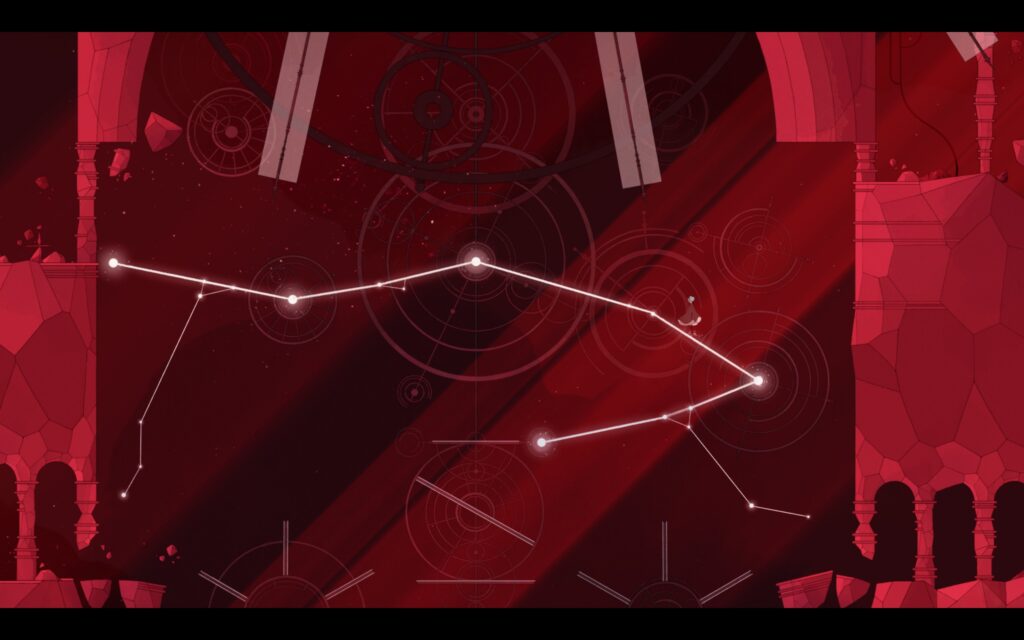
If you mix all colours of paint they will eventually turn black, since the paint will absorb more colours of light. If colours represent emotions in GRIS, this lack of colour represents the lack of emotion, the shutting down, the deep abyss of depression. And GRIS uses black to represent this depression.
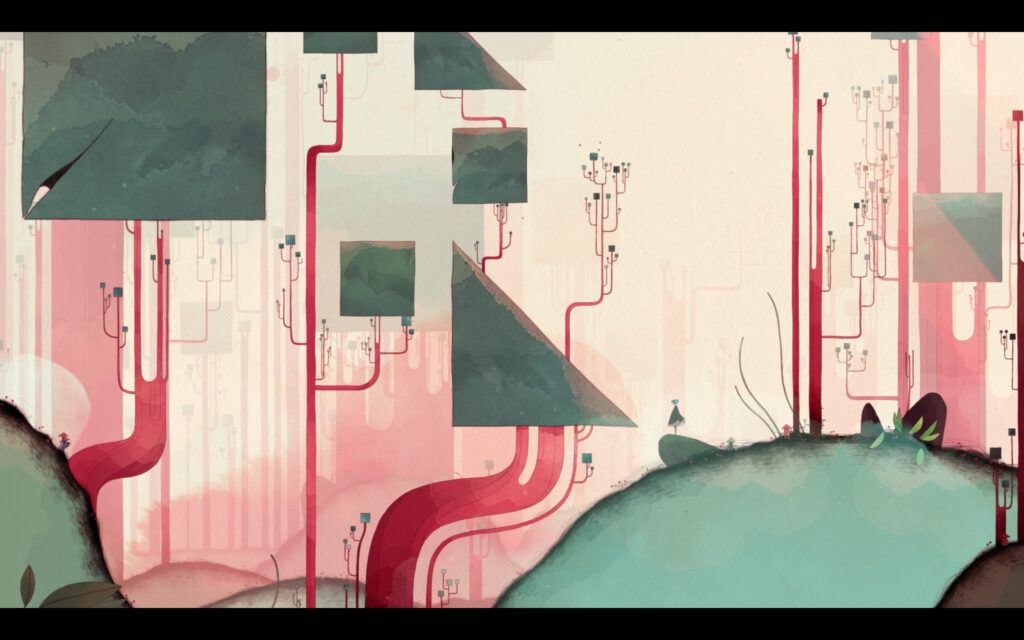
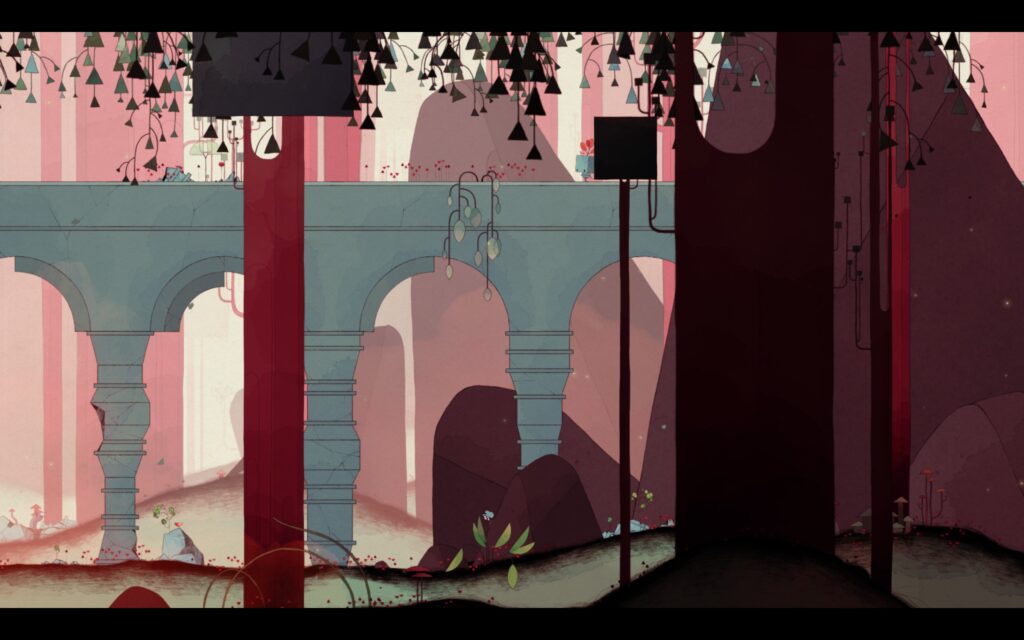
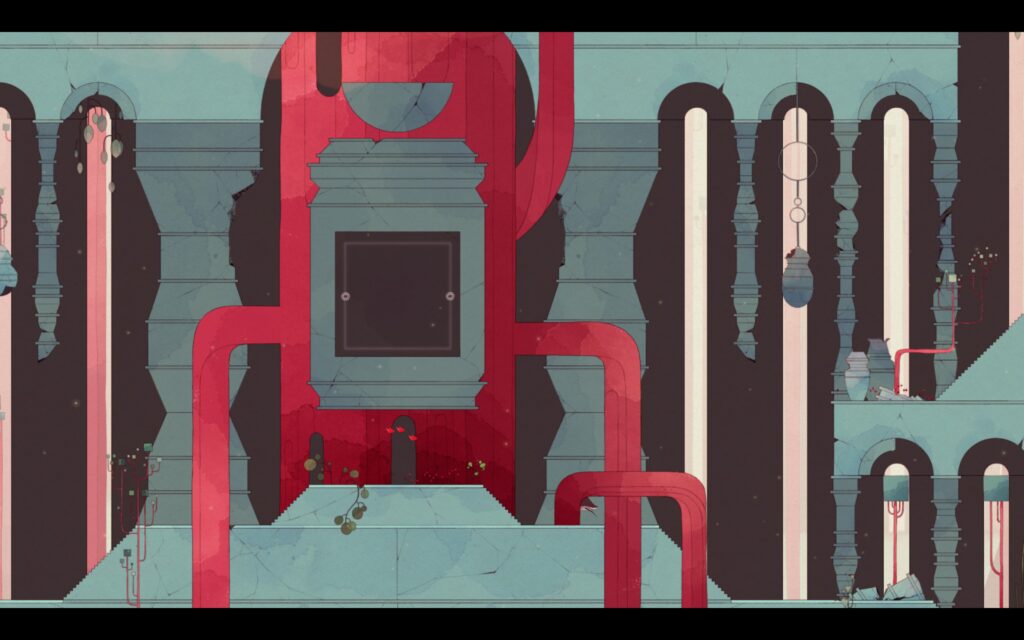
As you play through the game Gris is chased by a dark enemy. Its shape-shifting form taunts Gris, attempting to consume her as she fights her way past it. It is the darkness, the abyss, depression attempting to consume Gris and shut her down. The game is literally forcing her to find the strength to move past it.
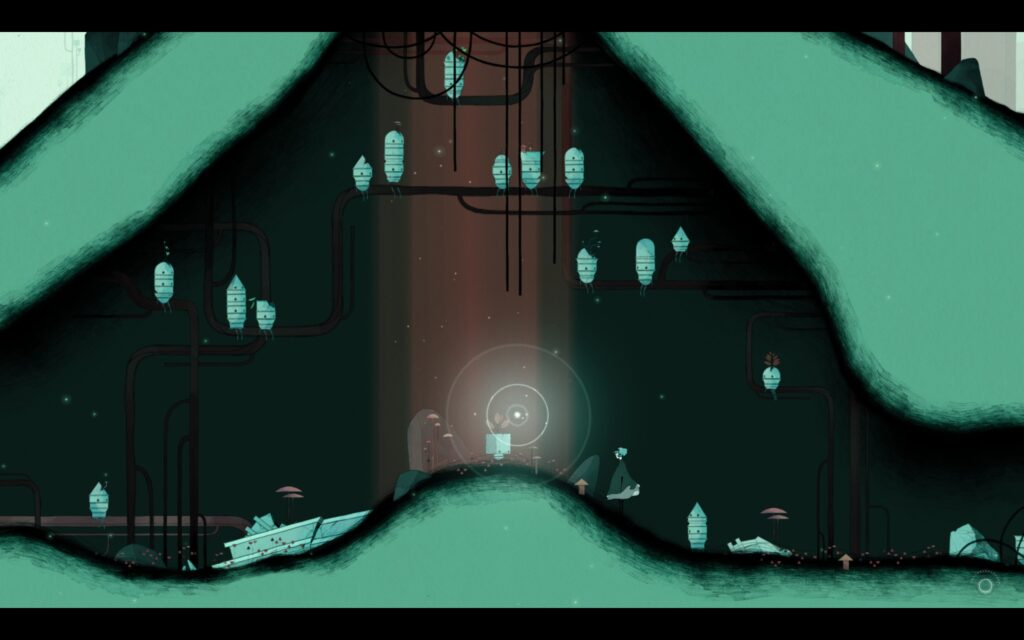
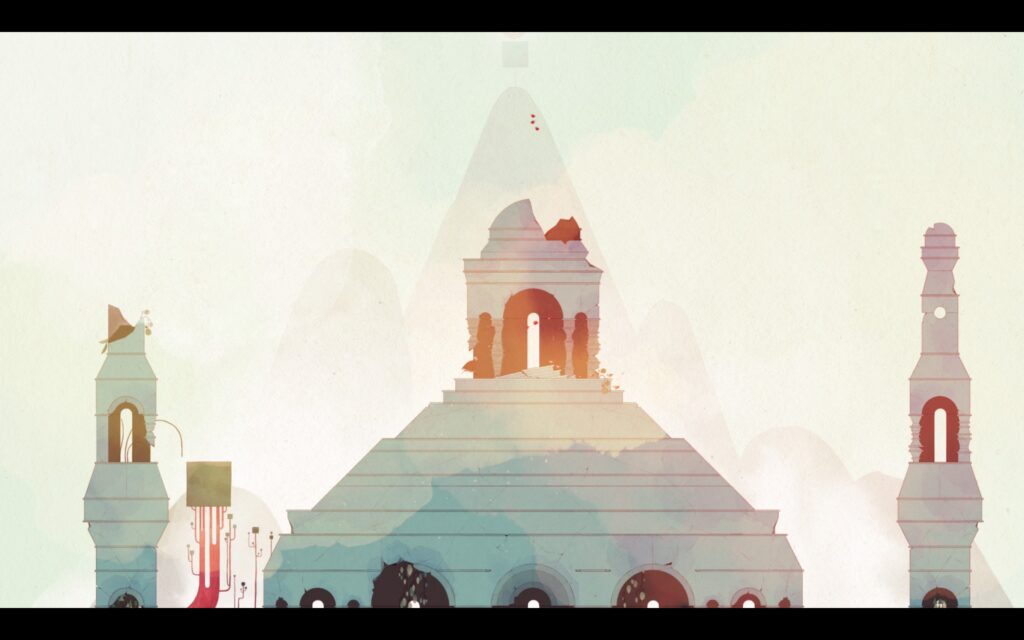
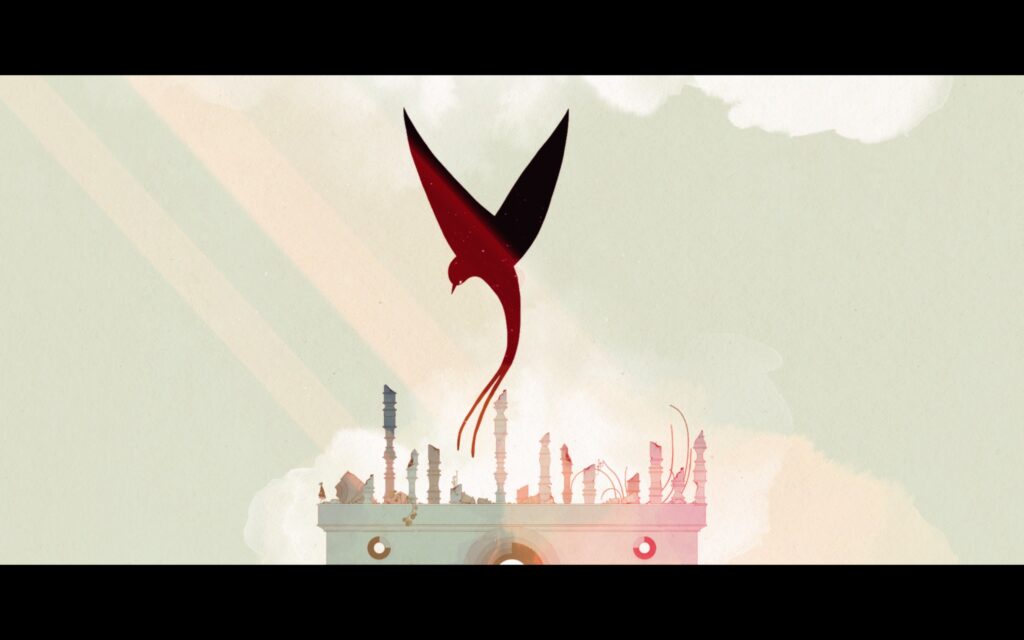
Along your path Gris will find stars that will follow her around. These stars will open up new paths for her before they ascend to the skies and form part of a constellation. When she has found all the stars she will have unlocked her final ability. She regains her ability to sing.
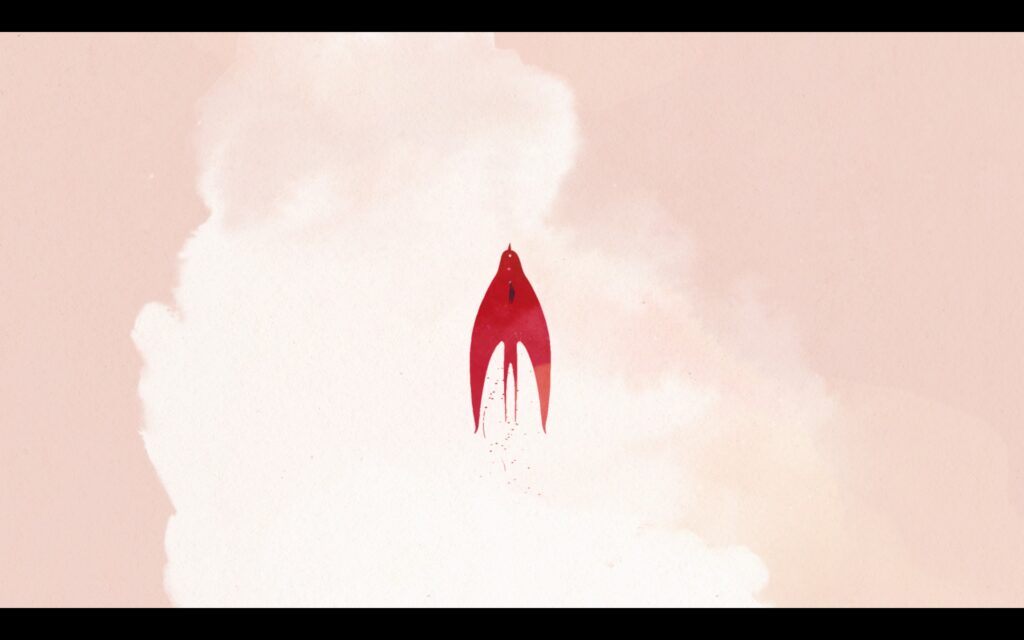
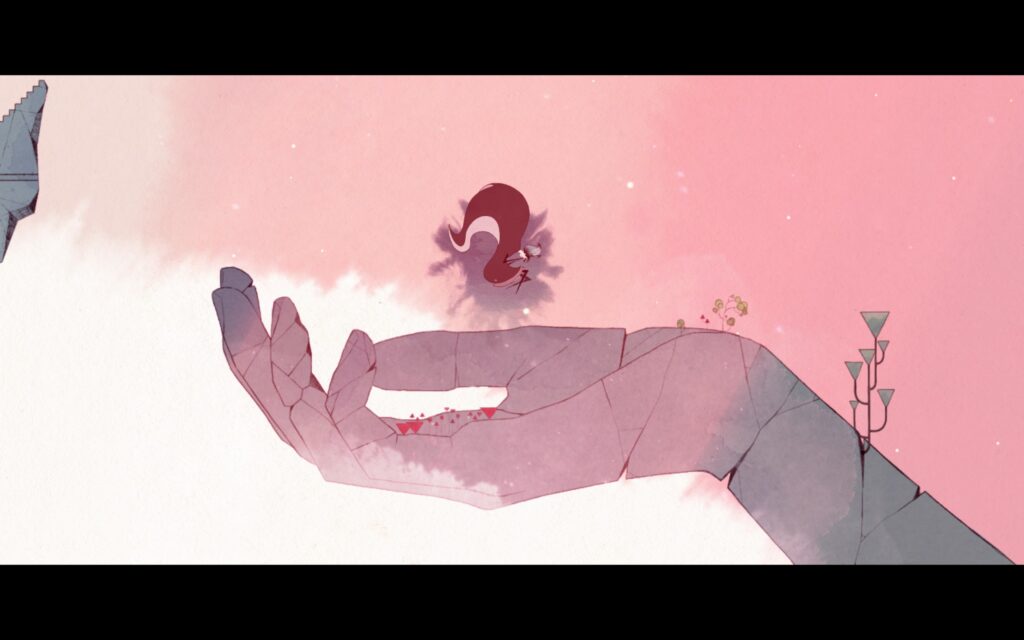
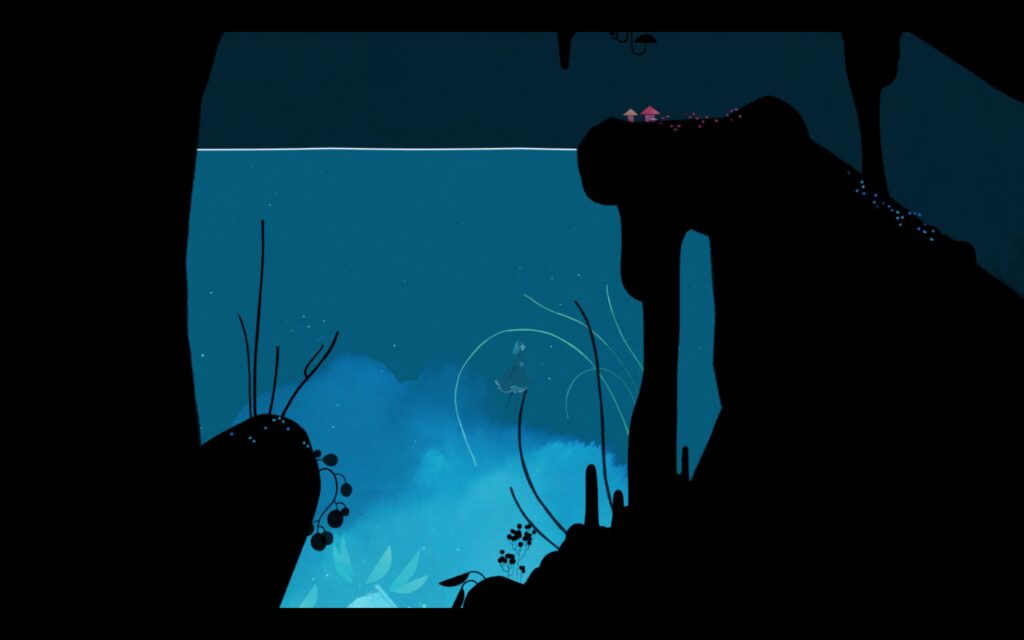
The stars form the full constellation and reveal that they are a path to the clouds. White is the colour you get when you mix light, it represents all colours at once. It is how Gris moves on. She doesn’t get rid of her emotions, but accepts them and allows them to become a part of her.
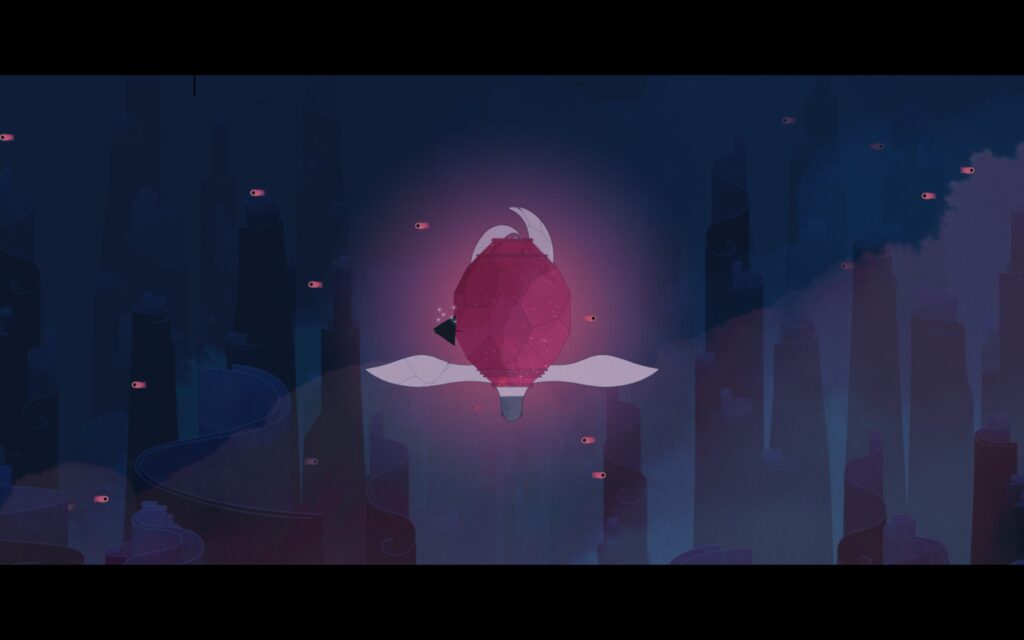
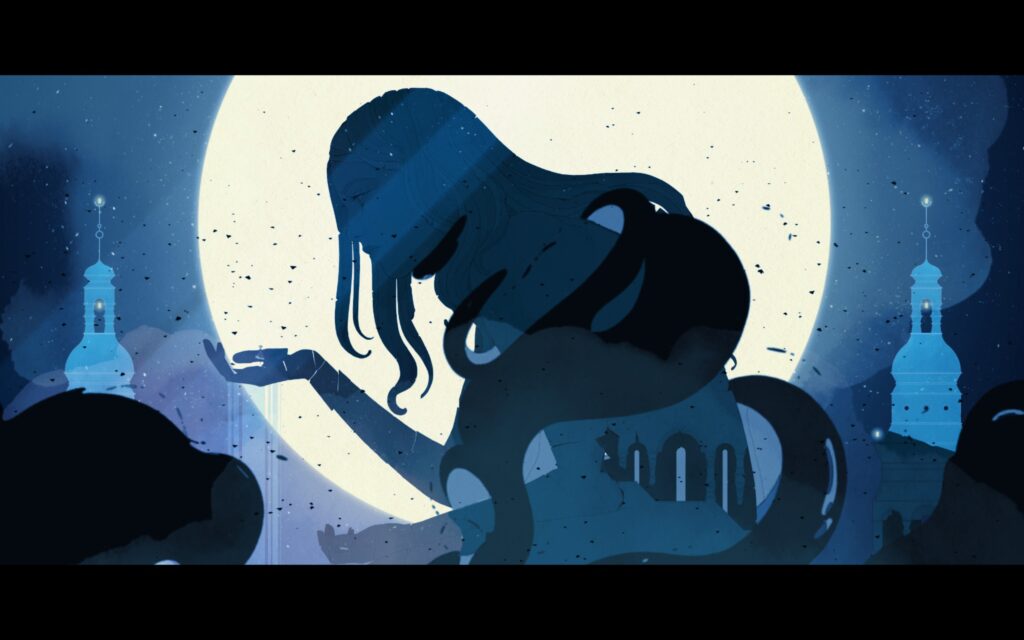
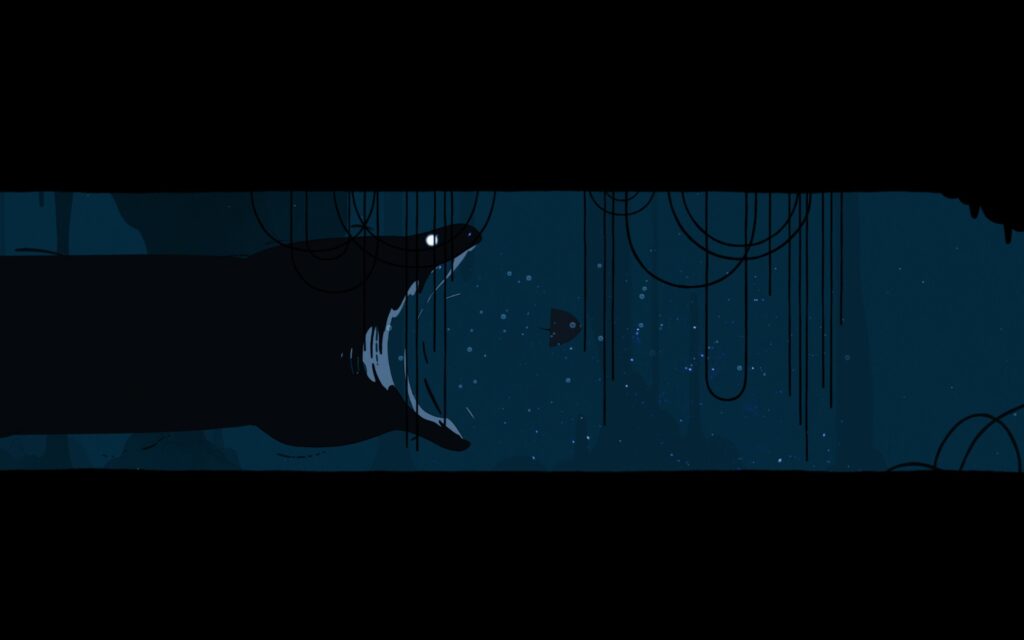
Gris finds the statues hand and you start to sing. The statue starts to rebuild and she rises to the constellation, and then darkness finally consumes her. All but hope is lost. But she sings. And she doesn’t stop. The statue starts to sing with her, breaking apart the darkness. The statue and Gris rise together, but it feels more like a final embrace.
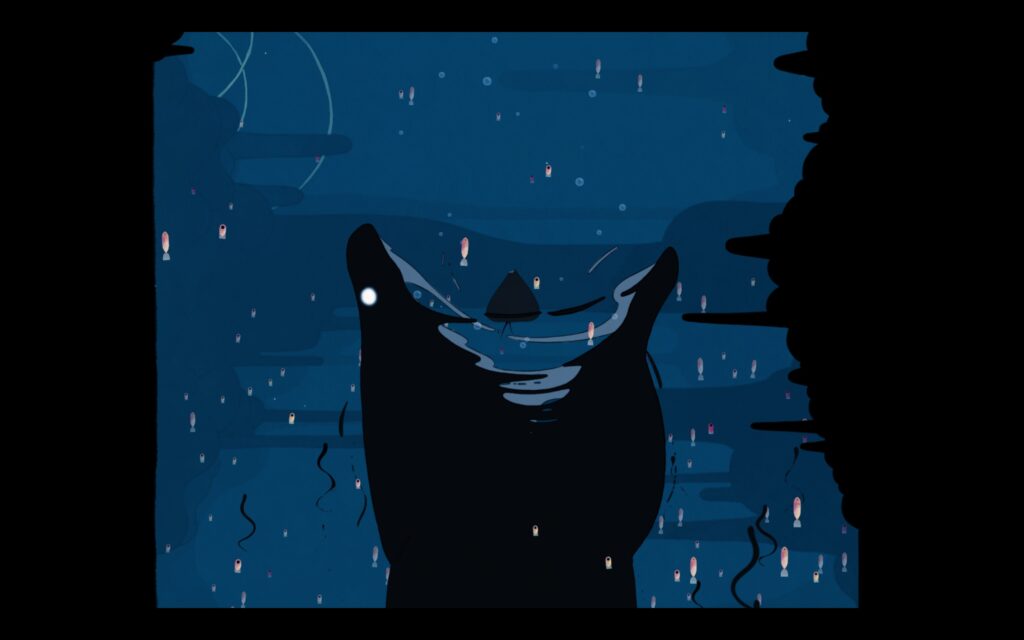
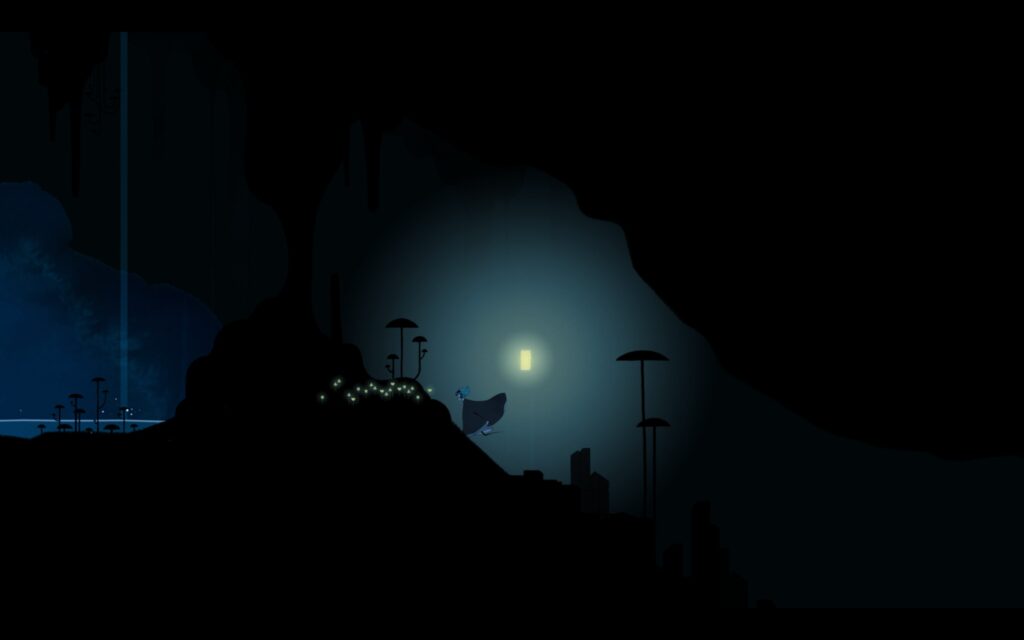
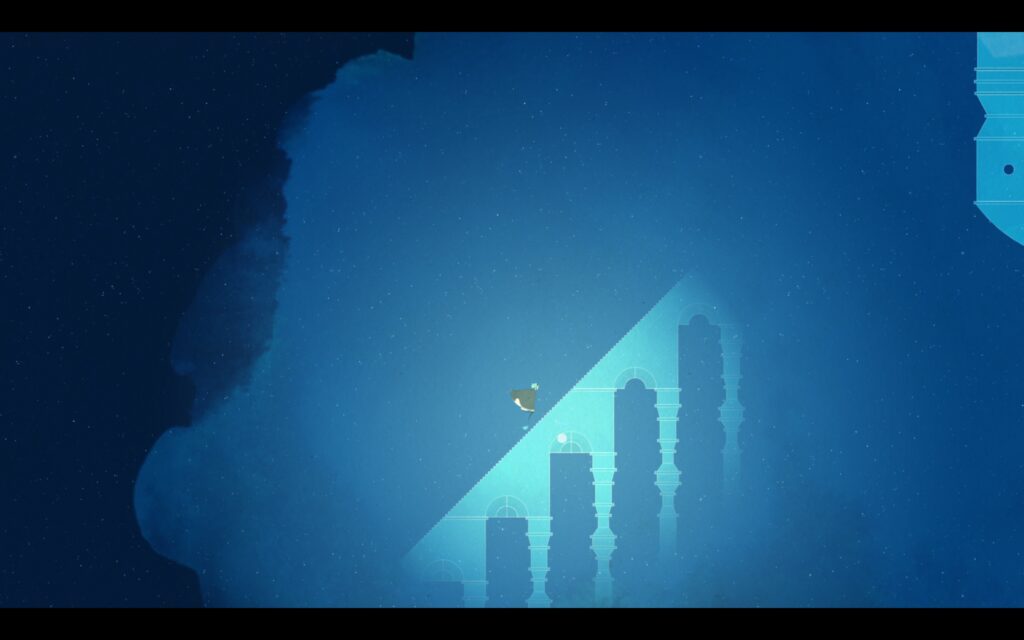
But she knows she can’t stay. It’s time to move on. And you have to finish the game. You have her follow the path in the stars, into the light. She doesn’t leave her emotions behind; instead, they guide her forward, forming the path she must take. As she fades into the clouds the game slowly ends.
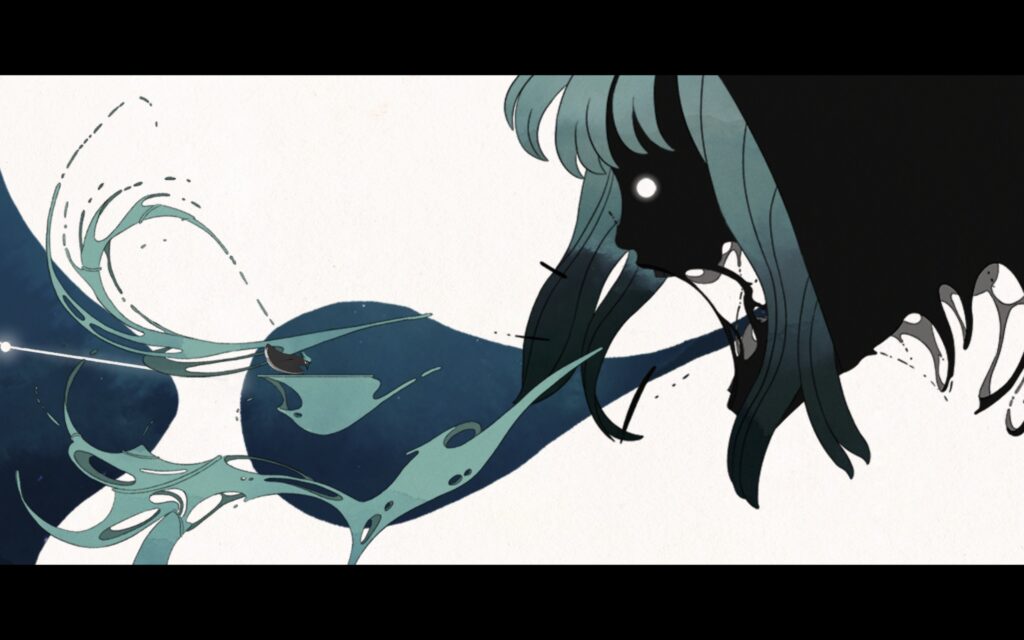
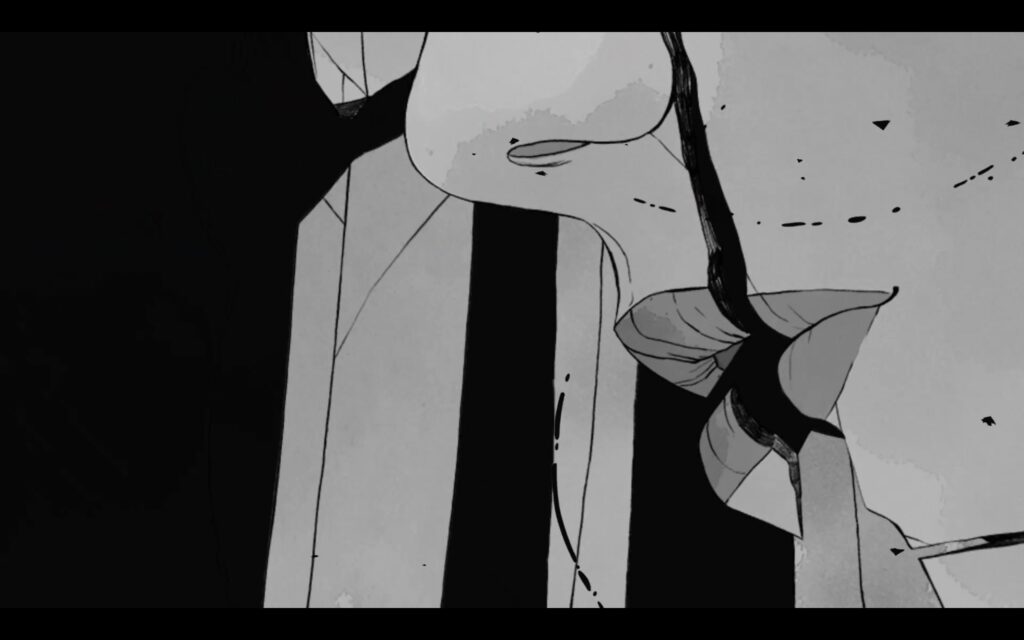
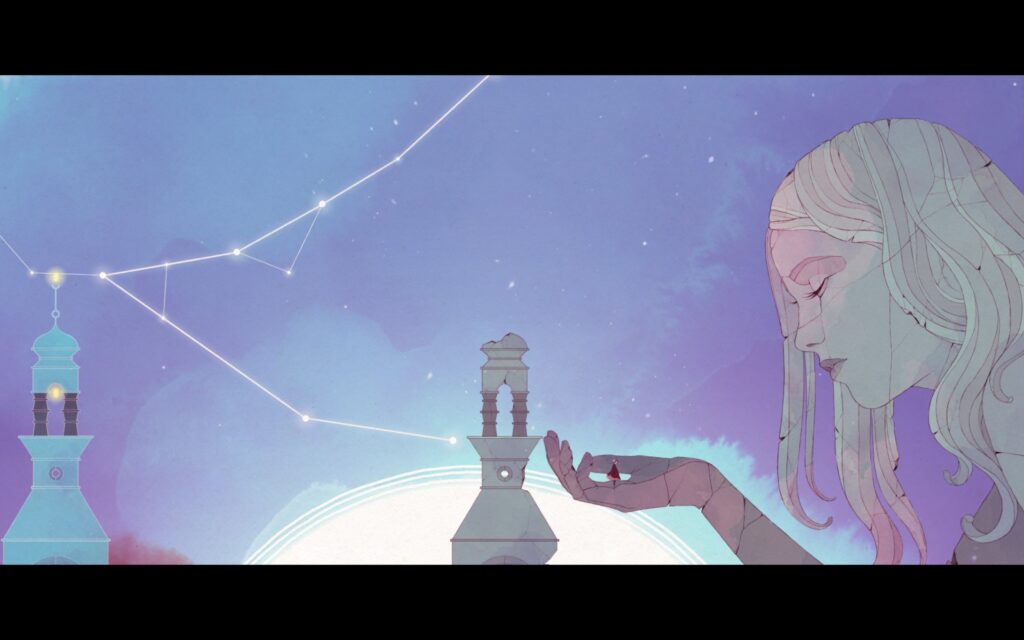
And then I cry.




